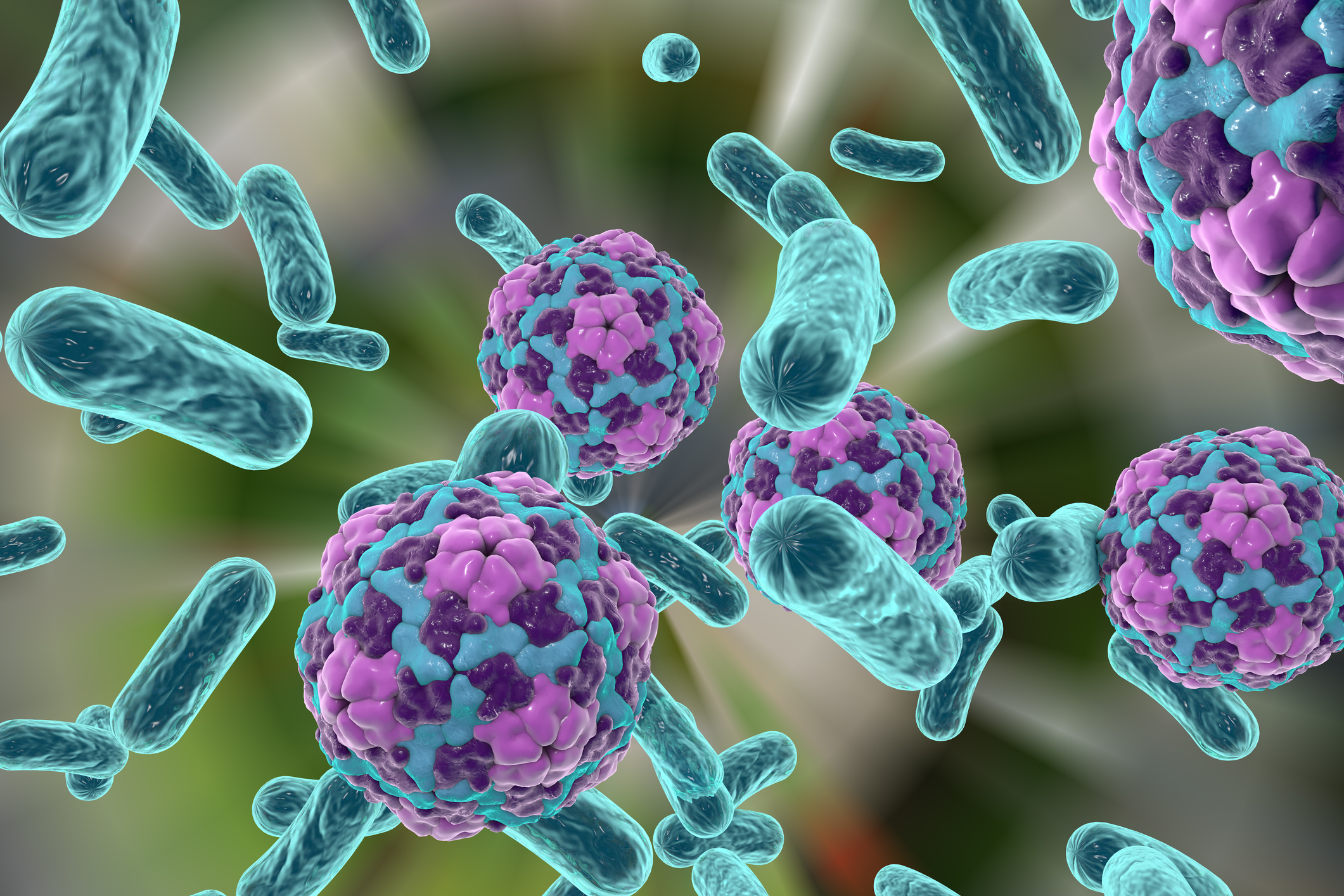Recent discoveries may eventually help researchers prevent cholera bacteria from causing deadly illness, according to a report published in Nature Communications.
The Vibrio cholerae bacteria have been evolving in ways that make cholera more severe and harder to control. Researchers have now analyzed bacterial samples collected since 2015 from cholera patients across six regions in Bangladesh and identified a set of unique genes and mutations in the strain that was responsible for the devastating 2022 outbreak.
The genes are linked to the bacteria’s ability to cause prolonged diarrhea, intense abdominal pain, vomiting, dehydration, and death in severe cases.
Some of these genes also help the bacteria spread more easily and survive in the human gut. That makes it resilient to environmental stress and more efficient at causing disease, the researchers said.
“By identifying the key genetic factors that drive both the transmission and severity of cholera, we’ve taken a significant step toward developing more effective treatments and targeted interventions,” study leader Tania Dottorini from the University of Nottingham, UK said in a statement.
“Our findings open the door to a new era of cholera research, where we can develop tools to predict and potentially prevent severe outbreaks before they occur.”
Non-invasive liver tumor treatment succeeds in trials
A new non-invasive method for treating liver tumors called histotripsy that uses high-intensity sound waves to destroy cancer cells was successful in a small but pivotal trial, researchers reported.
Histotripsy has now been tested at 14 hospitals in Europe and the United States in 44 patients with up to 3 tumors smaller than 3 centimeters in size, the researchers reported in the journal Radiology. Eighteen patients had hepatocellular carcinoma, while the rest had metastases from tumors at other sites.
Significant shrinkage was documented in 95% of tumors, according to the report, which deemed that result a technical success.
Three patients suffered procedure-related major complications.
“The technical success rate… compares favorably with literature-reported rates of more established local treatments, including percutaneous radiofrequency ablation and microwave ablation,” the researchers wrote.
The results support clinical adoption, they added.
Rethinking bedtime screen restrictions for children
Instead of limiting screen time for children before bed time, a new study suggests the real problem occurs once they’ve gone to bed.
While screen time before bed did not impair adolescents’ sleep in the study, screen time after they were in bed was clearly detrimental.
The 79 participants, ages 11 to 14, were monitored with video cameras on four non-consecutive nights.
Screen time in the two hours before bed had no association with most measures of sleep health, such as shut-eye time, time it took to fall asleep, duration of sleep, and interrupted sleep, according to a report in JAMA Pediatrics.
But screen time once in bed, particularly interactive screen activities, was significantly associated with less sleep.
On average, participants lost 4 minutes of sleep for every 10 minutes of passive screen use and 9 minutes of sleep for every 10 minutes of interactive screen use, compared to nights without those activities
For every 10 minutes spent gaming and multitasking, they lost 17 minutes and 35 minutes of total sleep time, respectively.
Even social media, which was used for shorter amounts of time, was associated with delayed sleep onset by an average of 38 minutes when compared to nights without social media, the research team reported.
“These insights call for a reevaluation of sleep hygiene guidelines that currently discourage all screen use in the hour before bedtime,” they concluded.
“A more nuanced approach that recognizes the low likelihood of adolescents fully disconnecting before bed could focus on… reducing or limiting interactive screen use during the in-bed period to align with the reality that screen time is a mainstay in adolescents’ bedtime routines.”




















